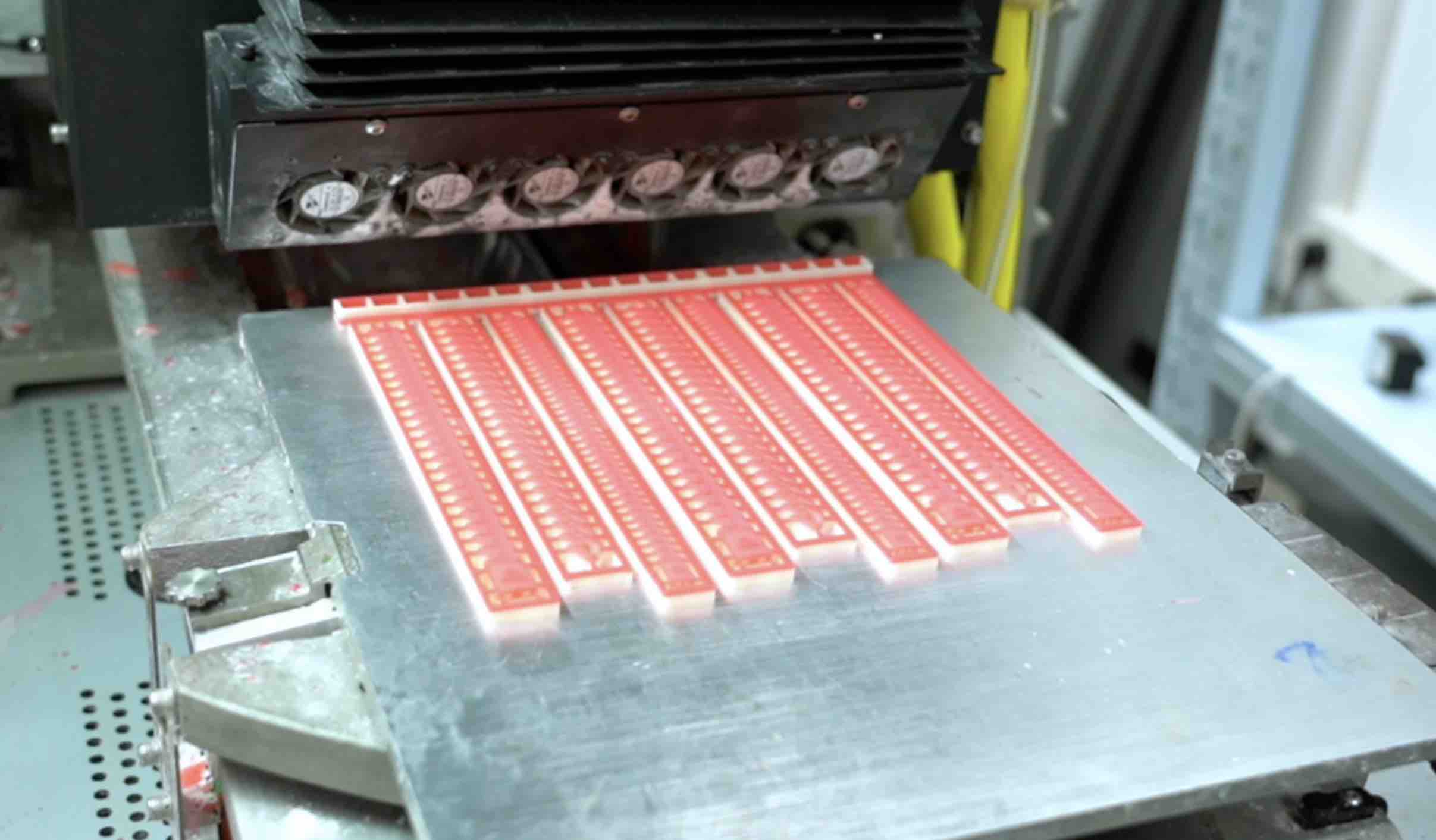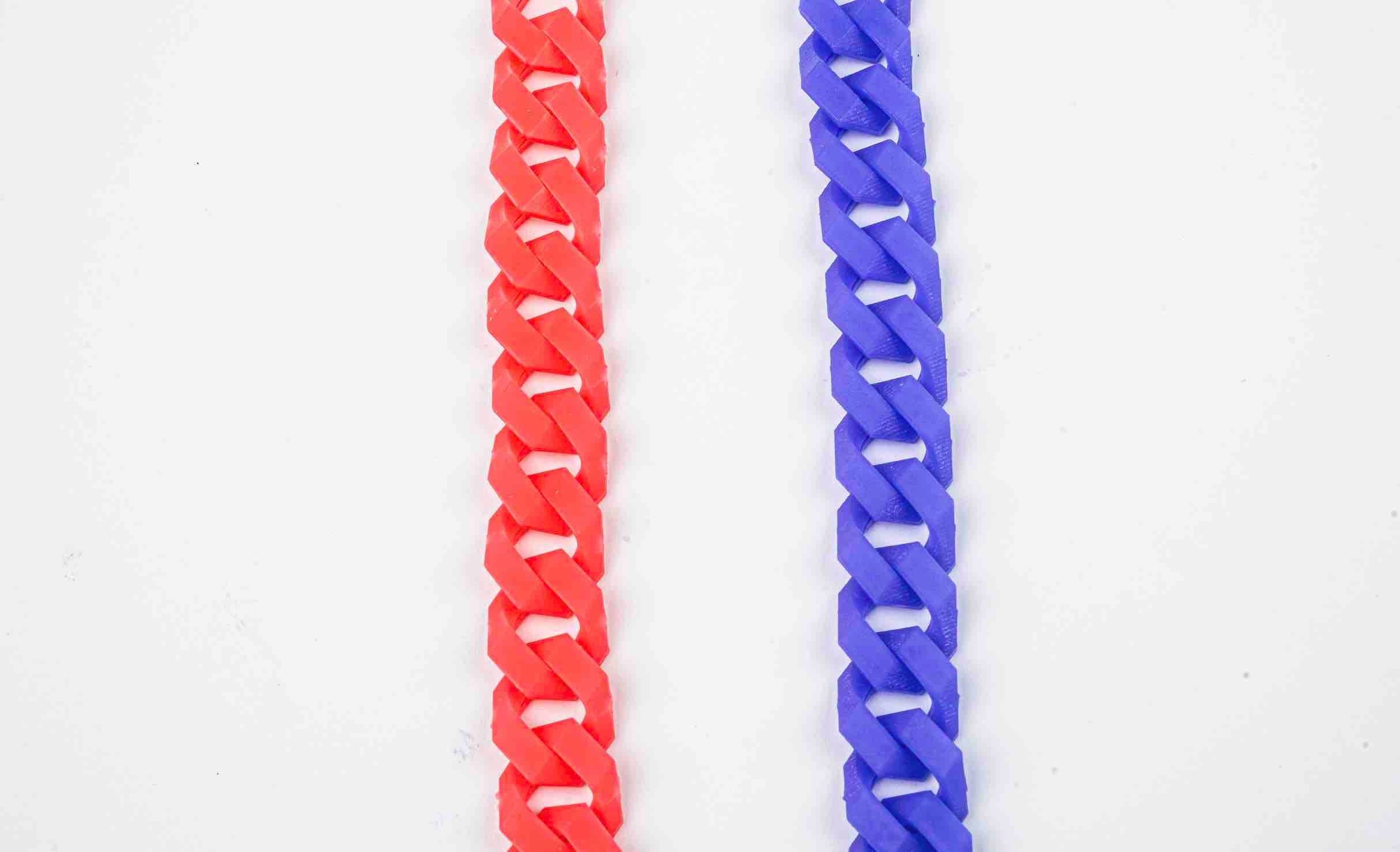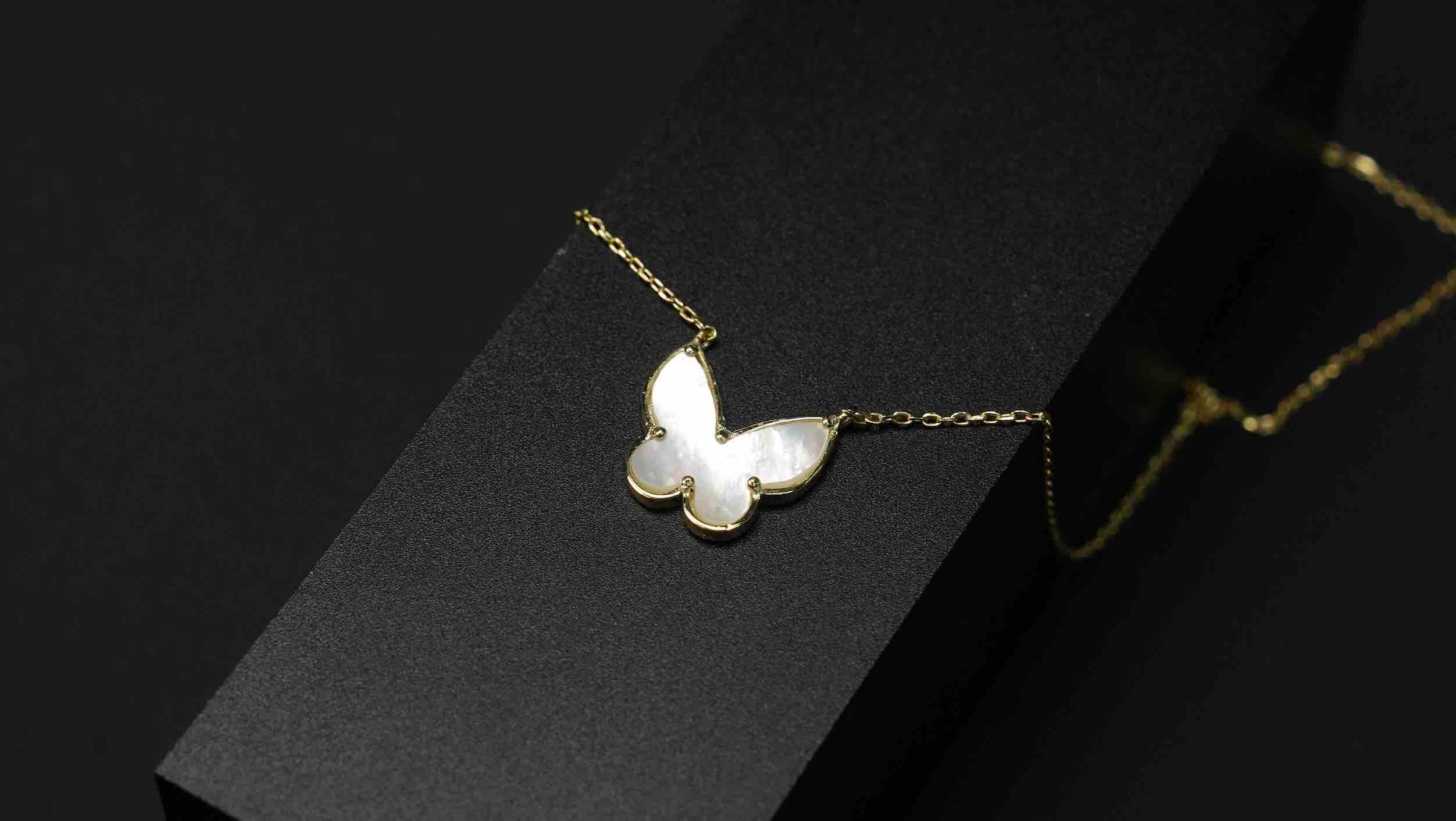3D Wax Printers for Jewelry Casting: Technology, Materials, and Buying Guide
What Is a 3D Wax Printer for Jewelry?
A 3D wax printer for jewelry is a specialized digital manufacturing tool designed to create high-precision wax patterns for lost-wax casting. Unlike traditional hand-carved wax, a wax 3D printer can directly transform a CAD model into a castable wax pattern, greatly reducing time, labor, and human error. These machines commonly use real jewelry-grade pattern wax and water-soluble support wax, making them ideal for fine jewelry production, customized rings, high-end sample development, and small-batch manufacturing.
Today, many jewelers refer to these systems as jewelry printers, 3D printers for jewelry making, or 3D printers for the jewelry industry, reflecting their widespread adoption in modern workshops and factories.
How 3D Wax Printers Work in the Lost-Wax Casting Process
A 3D printer for jewelry casting plays a central role in modern lost-wax manufacturing. The workflow begins with CAD modeling, followed by slicing the model into layers that a printer can interpret. The machine then prints extremely detailed wax patterns that replicate prong seats, micro-pave textures, engravings, and organic curves.
After printing, jewelers clean the model, refine details, and assemble multiple pieces into a casting tree. The wax tree is then coated with ceramic slurry to form a strong investment shell. During burnout, the wax melts out completely, leaving behind a cavity for metal casting. Once the metal cools, the shell is broken, and the piece is polished to its final finish.
Because the quality of the wax pattern directly influences the metal outcome, a high-resolution 3D wax printer for jewelry ensures smooth surfaces, stable shrinkage, and high casting yields—while poor-quality wax results in rough, distorted, or failed castings.
Types of Wax Materials Used in Jewelry 3D Printing
Pattern Wax (Model Wax)
Pattern wax forms the final jewelry model and directly affects precision and surface quality. Variants include filled and non-filled wax, each with different hardness, melting behavior, and shrinkage stability. For the best 3D wax printer for jewelry, the wax must burn out cleanly with minimal ash to ensure flawless casting.
Support Wax / Water-Soluble Wax
Support wax stabilizes complex structures during printing, while water-soluble wax provides easier removal and is ideal for hollow, intricate, or undercut designs—essential features in high-end jewelry manufacturing.
Dual / Multi-Wax Systems
Advanced wax printers such as the Flashforge WaxJet series use dual-wax technology, printing model wax and support wax simultaneously. This improves accuracy, stability, and post-processing efficiency.
Key Wax Properties
- Melting point
- Ash content
- Shrinkage rate
- Surface smoothness
These factors ensure predictable, high-quality jewelry casting.

Advantages of Using a 3D Wax Printer for Jewelry Production
Modern 3D printers for jewelry industry applications bring transformative advantages:
Ultra-High Precision
Leading systems achieve resolutions in the tens of microns, allowing diamond-setting seats, filigree, and tiny engravings to be reproduced accurately.
Exceptional Surface Smoothness
Smooth wax surfaces reduce polishing time and preserve fine details—critical for luxury jewelry brands.
Rapid Turnaround & Faster Prototyping
A 3D printer for jewellery making accelerates design validation, small-batch production, and custom orders, moving pieces from concept to casting quickly.
Supports Complex Geometry
Hollow structures, lightweight designs, internal channels, and artistic textures are easily achieved—often impossible with hand-carved wax.
Digital Efficiency & Repeatability
Every wax pattern produced by a wax 3D printer is consistent, scalable, and backed by precise digital control, reducing labor and minimizing human error.
Lower Labor Costs
Replacing manual carving with automated printing significantly reduces skilled labor requirements.

Key Applications in the Jewelry Industry
In the jewelry industry, 3D wax printing is widely used for its high precision and efficiency. It is ideal for creating rings, pendants, earrings, and other classic jewelry pieces, allowing designers to reproduce fine details such as tiny stone-setting seats and intricate textures with ease.
For custom and personalized orders, 3D wax printing enables fast turnaround. Designs can be printed directly from digital models without hand-carving, greatly shortening the production cycle and supporting small-batch or one-off customization.
High-end jewelry brands also rely on 3D wax printing for rapid prototyping. Designers can quickly evaluate structure, proportions, and aesthetics, speeding up the approval process and new product development.
The technology is also popular in wedding and commemorative jewelry, where complex patterns, hollow structures, and unique textures can be produced with high accuracy, ensuring each piece is truly unique.
Additionally, 3D wax printing excels in fine detail reproduction, such as restoring antique jewelry textures or creating layered reliefs—tasks that are difficult to achieve with traditional hand-carving. This makes it a powerful tool for modern jewelry craftsmanship and innovation.

What to Look for When Choosing a 3D Wax Printer for Jewelry
Printing Resolution & Accuracy
Higher resolution ensures crisp textures, accurate prong seats, and minimal polishing.
Material System
Consider whether the machine supports:
Real jewelry pattern wax
Support wax or water-soluble waxMulti-wax systems for complex geometries
Speed & Production Capacity
For studios and factories, monthly wax output and continuous print stability matter.
Build Volume
Choose a size suitable for rings, pendants, or larger batch trees.
Machine Stability & Reliability
Low failure rates mean higher casting yields and consistent output.
Software Ease of Use
Simple slicing, automatic support generation, and compatibility with jewelry CAD software improve workflow.
Service & Technical Support
Reliable after-sales service is essential for business continuity.
Use Scenario
Enterprises: prioritize capacity, speed, and reliability
Studios / Artists / Freelancers: prioritize precision and flexibility
Selecting the best 3D printer for jewelry ensures consistent casting results, optimized workflow, and long-term profitability.




